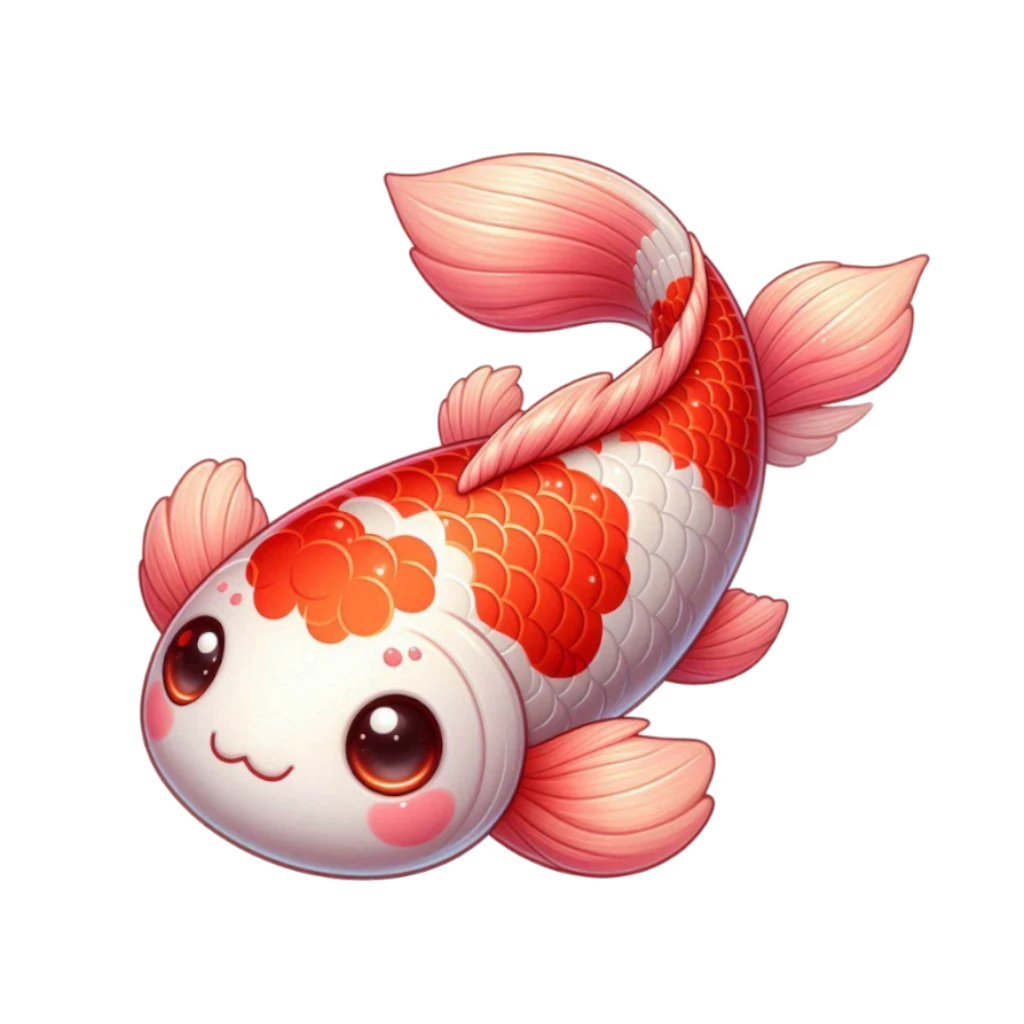Mnemonics help when they’re brief and tied to components. Overlong stories collapse in reviews. Use them to bridge from unfamiliar to familiar, then fade them as recognition stabilizes.
Principles
- Build from components: semantic part → meaning, phonetic part → reading.
- Keep it short: one image or scene you can recall in 2 seconds.
- Rehearse while writing: say the reading/meaning as you draw strokes.
- Reuse imagery across a family; stable cues beat novelty.
Workflow
- Identify components; note the phonetic series if present.
- Draft a 1‑sentence mnemonic linking form → reading → meaning.
- Write twice from memory; do a quick recognition quiz.
- Replace the mnemonic with real examples as soon as possible.
Example
- 読 (read): 言 (speech) + 売 (sell; on‑yomi ばい/どく series awareness). Image: “selling speech = reading words for sale.” Short and odd, then fade.
- 陽 (sunny): 阝 (mound) + 昜 (sun raises) → the sunny side of a hill.
Avoid
- Stack five facts on one card; split meaning, reading, and example into separate items or sides.
- Changing mnemonic imagery each review; keep it stable.
- Treating mnemonics as permanent; transition to recognition via exposure.
Metrics
- Time to recall meaning/reading (aim for 1–2 seconds).
- Number of items where you still need the mnemonic after two weeks.
- Recognition accuracy within a family (improves as mnemonics fade).
How Kanji Koi helps
- Component breakdowns guide short, component‑based mnemonics.
- Phonetic family views support reading predictions.
- Stroke‑order animations give you a visual “hook” to tie to the image.
- Adaptive SRS schedules reviews so you don’t over‑rehearse.
Use Kanji Koi to tag cards that still rely on mnemonics. When they reappear, try answering without the image—only “peek” at the mnemonic if you stall. This tapering turns mnemonics into automatic recognition.
Pair mnemonics with stroke‑order practice to lock in the shape and reduce confusion with look‑alikes.
